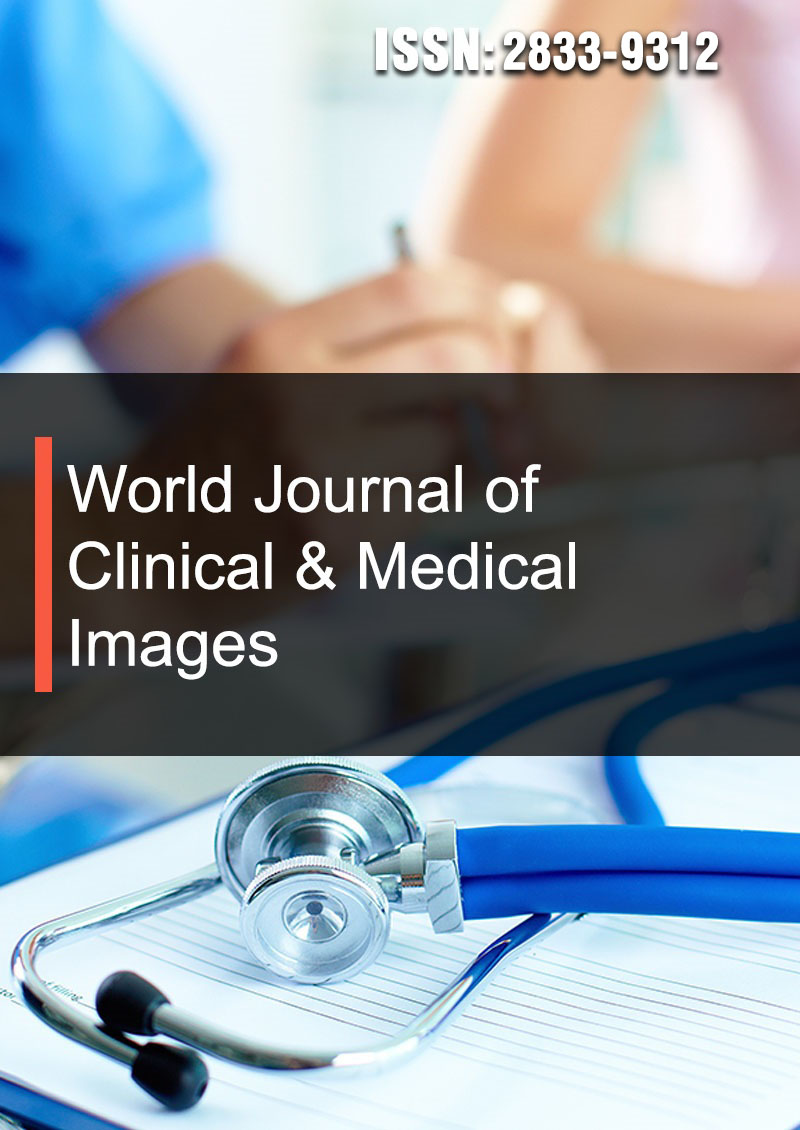Clinical pharmacology of fluoroquinolones in infants and children
Abstract
Gian Maria Pacifici
The fluoroquinolones used in paediatric patients are: ciprofloxacin, levofloxacin, moxifloxacin, and ofloxacin. The fluoroquinolones are potent bactericidal agents against Proteus, Escherichia coli, Klebsiella, and various species of Salmonella, Shigella, Enterobacter, and Campylobacter. The activity against streptococci is significantly greater with newer agents including levofloxacin, gemifloxacin, and moxifloxacin. Several intracellular bacteria are inhibited by fluoroquinolones that can be achieved in plasma; these include species of Chlamydia, Mycoplasma, Legionella, Brucella, and Mycobacterium (including Mycobacterium tuberculosis). Most fluoroquinolones are well absorbed after an oral dose and the peak plasma concentrations of fluoroquinolones are obtained within 1 to 3 hours after an oral dose. The mean use of ciprofloxacin, levofloxacin, moxifloxacin, and ofloxacin is the treatment of eye infections. The mean elimination half-life of ciprofloxacin is 2.73 hours in newborns and 1.28 hours in children (P-value < 0.001). The elimination half-life of levofloxacin increases with the child age and ranges from 2.46 to 5.45 hours. The mean elimination half-life moxifloxacin and ofloxacin is 4.14 and 3.49 hours, respectively. The transfer of fluoroquinolones across the human placenta has been reported for ciprofloxacin, levofloxacin, and ofloxacin and these fluoroquinolones are poorly transferred across the human placenta. The migration of fluoroquinolones into the breast-milk has been reported for ciprofloxacin, levofloxacin, and ofloxacin and these fluoroquinolones poorly migrate into the breast-milk. The aim of this study is to review the dosing, pharmacokinetics, treatment, placental transfer, and migration into the breast-milk of ciprofloxacin, levofloxacin, moxifloxacin, and ofloxacin.



